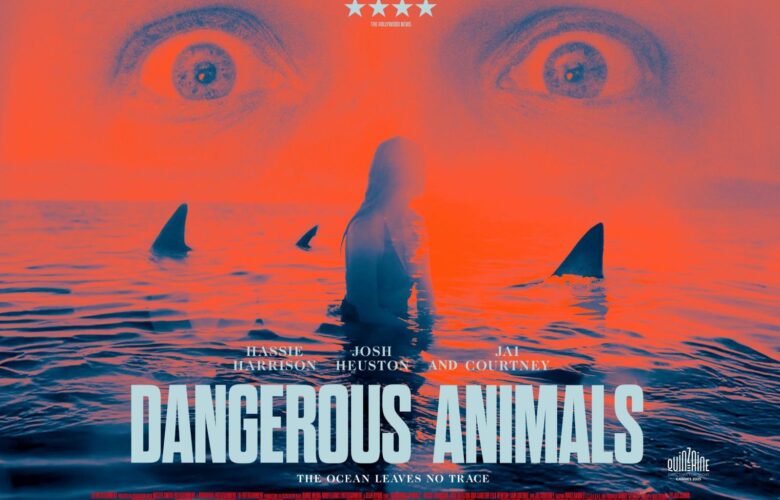Dangerous Animals (2025) is a psychological thriller directed by David Fincher, known for his dark, intricate narratives (Se7en, Gone Girl). The film blends elements of neo-noir, body horror, and existential dread, exploring themes of human savagery, societal decay, and the blurred line between predator and prey. Below is a deep analysis of its themes, symbolism, and cinematic techniques.
Themes & Symbolism
- The Beast Within
- The film’s title Dangerous Animals is ironic—while it initially suggests wild creatures, the real monsters are humans. The protagonist, a zoologist (played by Jake Gyllenhaal), slowly transforms into a feral state, mirroring the animals he studies.
- Key Scene: A hallucination sequence where his reflection morphs into a wolf, symbolizing repressed primal instincts.
- Social Darwinism & Survival
- The film critiques hyper-capitalist societies where “eating or being eaten” is literal. A subplot involves corporate elites hunting the homeless for sport, echoing The Most Dangerous Game but with grotesque modern twists (e.g., VR-assisted predation).
- Symbol: Recurring shots of caged animals juxtaposed with skyscrapers—both are prisons of hierarchy.
- Body Horror & Infection
- A mysterious pathogen (shades of The Fly) causes humans to regress physically and mentally. The transformation scenes use practical effects (reminiscent of Annihilation) to depict skin peeling into scales, teeth sharpening—a visceral metaphor for devolution.
Cinematic Techniques
- Visual Motifs
- Eyes: Extreme close-ups of dilated pupils during violent acts, suggesting loss of humanity.
- Color Palette: Sickly greens and grays dominate, evoking decay. The only red appears in blood or corporate logos.
- Sound Design
- The score (by Trent Reznor & Atticus Ross) mixes industrial noise with animal sounds (growls, screeches). In one scene, a character’s scream transitions into a bird’s cry.
- Narrative Structure
- Non-linear editing obscures reality vs. hallucination. The finale reveals the protagonist was never a zoologist—he was always a test subject in an experiment.
Controversial Ending Explained
The film ends ambiguously:
- Interpretation 1: The protagonist escapes into the wild, embracing his new identity as an animal.
- Interpretation 2: He’s recaptured, and the cycle continues—suggesting humanity’s violence is inescapable.
The final shot mirrors the opening, implying a loop. A post-credits scene hints at a wider outbreak, teasing a sequel.
Philosophical Undertones
- Nietzschean Influence: “Whoever fights monsters must see to it that he does not become a monster.”
- Ecological Anxiety: Humans are the true invasive species.
Verdict: Dangerous Animals is a brutal, cerebral film that challenges viewers to confront their own capacity for savagery. Its layered storytelling and technical mastery make it a standout in 2025’s cinematic landscape.

